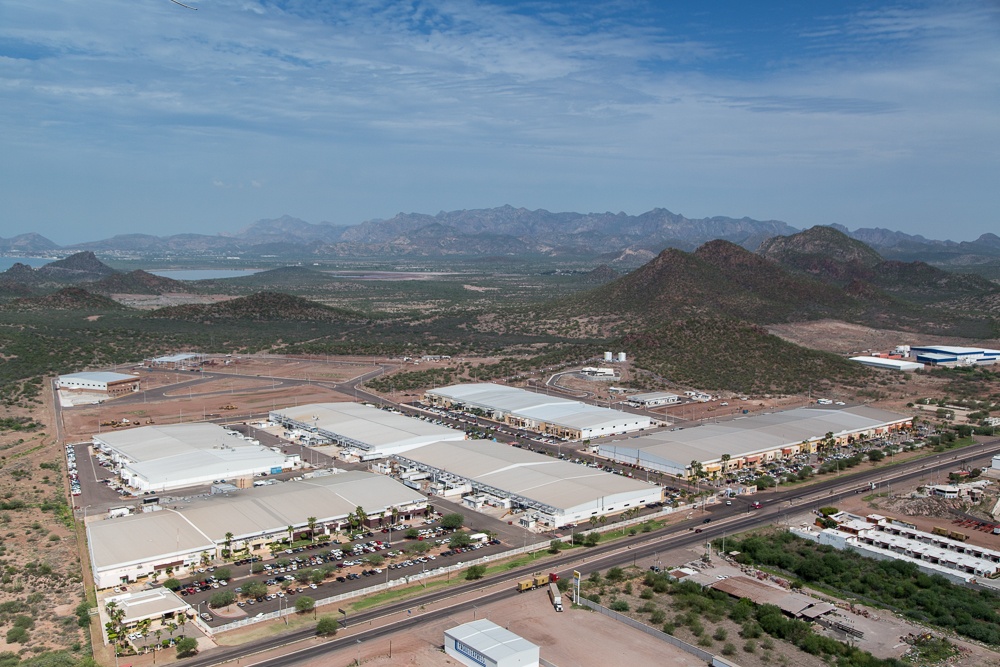The latest numbers from the U.S. Department of Transportation's Bureau of Transportation Statistics suggest cooperation among the participating nations in the North American Free Trade Agreement is on a steady incline.
With a growing number of businesses choosing to explore offshore manufacturing, the amount of goods crisscrossing national borders recently achieved a milestone. The DOT's most recent data regarding the value of cargo passing between the U.S., Mexico and Canada in the month of October indicated the dollar amount for trade reached $103.1 billion, according to Commercial Carrier Journal. This feat marks the first time the value of traded goods among the nations surpassed $100 billion, which is 10 percent higher than September's totals. This reflects a positive step forward in the way NAFTA partners collaborate in manufacturing and distributing goods.
As increasing numbers of enterprises push manufacturing in Mexico, as well as Canada and the U.S, there is a greater opportunity for businesses to ship and transport their products by truck, rail and pipelines, as opposed to depending on air or water transit. CCJ indicated surface trade comprised nearly 85 percent of the total value of cargo shipped during the month.
Trucking represents the lion's share
In all three nations, the amount of goods carried by trucks rose in October and represented the largest transportation segment that manufacturers depended on to get products and materials to their destination. In fact, trucks carried roughly 60 percent of cargo in the U.S., or goods equal to $61.4 billion.
Meanwhile, trucks in Canada accounted for 53.5 percent of nearly $57 billion in cargo moved between countries. In Mexico, manufacturers and other businesses depended on the same method of transportation, with trucks carrying nearly 67 percent of freight valued at $46.4 billion.
Rail continues to be a dependable resource
At the same time, companies wishing to distribute their goods throughout the regions identified in the NAFTA agreement looked to trains to carry a significant amount of cargo. According to Progressive Railroading, train-based freight amounted to $15.9 billion in October, which also beat the previous record set in March 2013, when rail transit moved $15.3 billion worth of goods.
Steady cooperation between nations
One of the highlights of the data coming from the Bureau of Transportation Statistics is the level of growth in transporting freight between the U.S. and Mexico.
"The value of U.S.-Mexico surface transportation trade in October rose 2.5 percent year over year to $46.4 billion," Progressive Railroading emphasized. Representatives from the BTS continued, "U.S.-Mexico trade by rail had the largest percentage increase of any mode from October 2012 to October 2013, growing 10.9 percent."
With better infrastructure and improved supply chains, manufacturers in Mexico, Canada and the U.S. have a distinct opportunity to improve national, as well as local economies. As Mexico in particular continues investing in financial, labor and education reforms aimed at creating a talented and competitive labor market, stakeholder businesses should have an optimistic view of the future of trade among these regional neighbors.
Subscribe
Sign up and stay informed with tips, updates, and best practices for manufacturing in Mexico.





